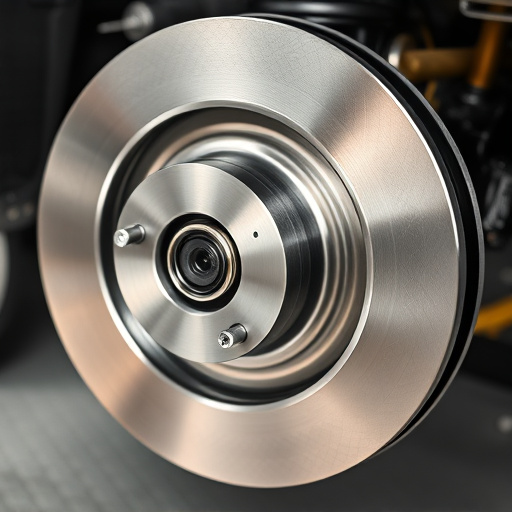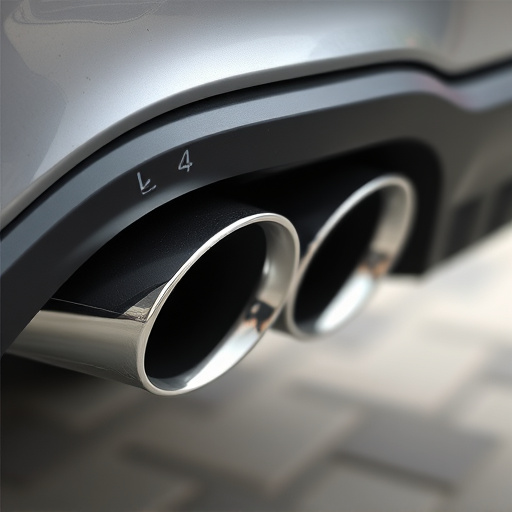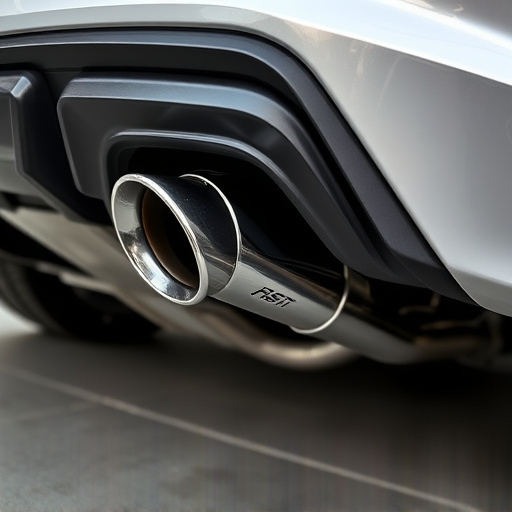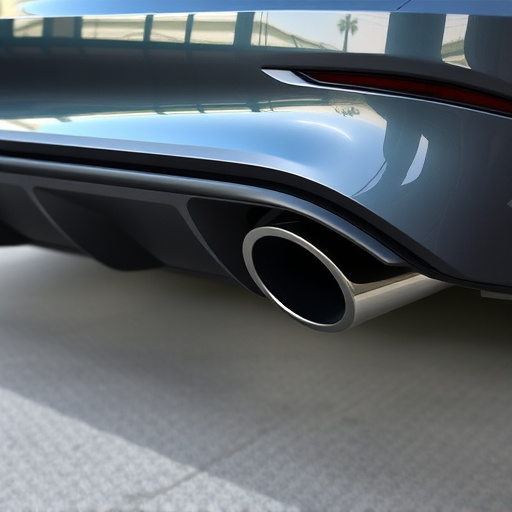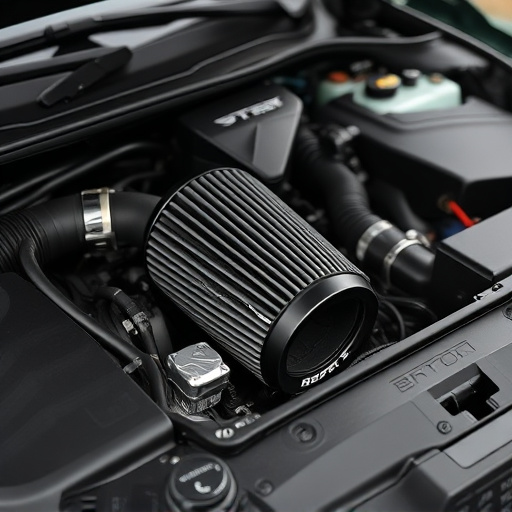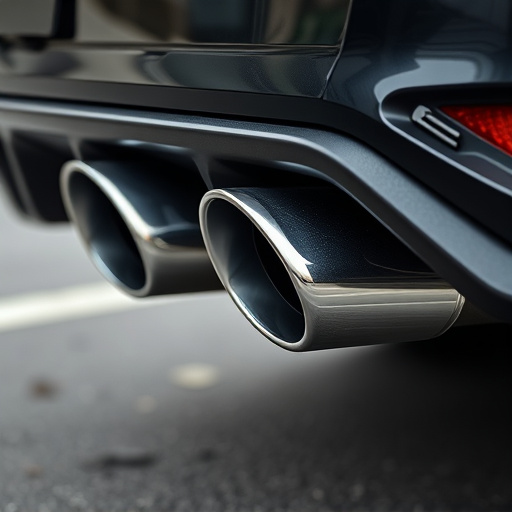A turbo heat shield protects vehicle engines by deflecting and absorbing excess heat from turbochargers, maintaining cool intake air for optimal performance and efficiency. Its strategic design minimizes heat transfer, enhancing power output, fuel economy, and driving experience while safeguarding sensitive components. Installation with high-flow mufflers and proper maintenance maximizes benefits, resulting in increased power, improved torque, and a more responsive drive.
Discover how turbo heat shields are transforming automotive performance. This article delves into the pivotal role these components play in maintaining optimal intake air temperature, enhancing engine efficiency. We explore the science behind their functionality and unravel the significant benefits they offer. From understanding basic principles to uncovering advanced strategies for peak performance, this guide provides insights for enthusiasts and professionals alike. Uncover why turbo heat shields are a game-changer in the world of turbocharged engines.
- Understanding Turbo Heat Shield Functionality
- Impact on Intake Air Temperature: The Science
- Benefits and Optimal Performance Strategies
Understanding Turbo Heat Shield Functionality
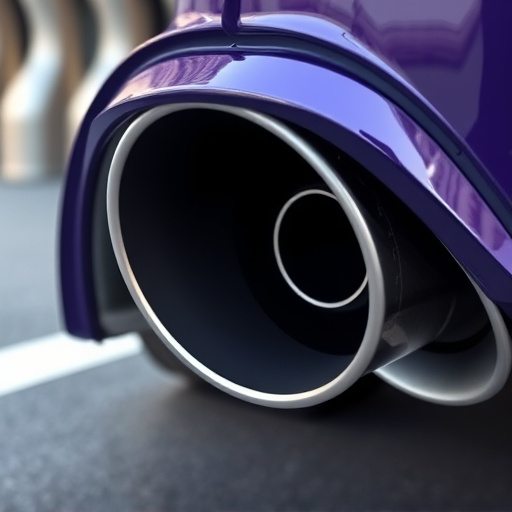
A turbo heat shield is a critical component designed to protect the engine’s air intake system from excessive heat generated by the turbocharger. Its primary functionality is to act as a barrier, shielding the sensitive air intake components from the high-temperature exhaust gases that flow through the turbocharger. This protective layer is crucial in maintaining optimal performance and efficiency of the vehicle’s engine.
The heat shield operates by deflecting and absorbing excess heat, ensuring that the air entering the engine remains at a consistent and cool temperature. This is particularly important as hot intake air can reduce the efficiency of the combustion process and potentially damage other components like brake systems and muffler tips. By preserving the desired air temperature, the turbo heat shield plays a vital role in enhancing overall engine power and fuel efficiency, contributing to a smoother and more responsive driving experience.
Impact on Intake Air Temperature: The Science
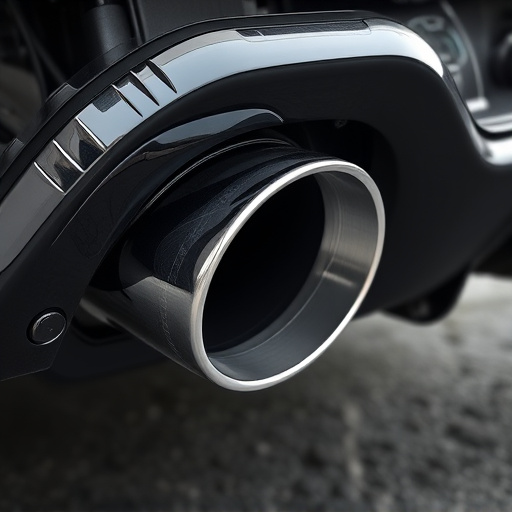
The turbo heat shield plays a pivotal role in maintaining optimal intake air temperature, which is crucial for enhancing vehicle performance. Its primary function is to insulate the intake manifold from the hot exhaust systems, preventing heat transfer from the latter. This is particularly significant during high-performance driving conditions when the engine operates at elevated temperatures. By minimizing heat ingress into the intake air, the turbo heat shield ensures that cooler air enters the engine, facilitating efficient combustion and maximizing power output.
This insulation effect is achieved through advanced materials designed to withstand extreme temperatures. The strategic placement of the heat shield helps maintain a consistent temperature gradient between the intake air and exhaust gases, allowing for more precise control over the combustion process. Consequently, high-performance parts like turbochargers operate at peak efficiency, contributing to overall vehicle performance and fuel economy.
Benefits and Optimal Performance Strategies
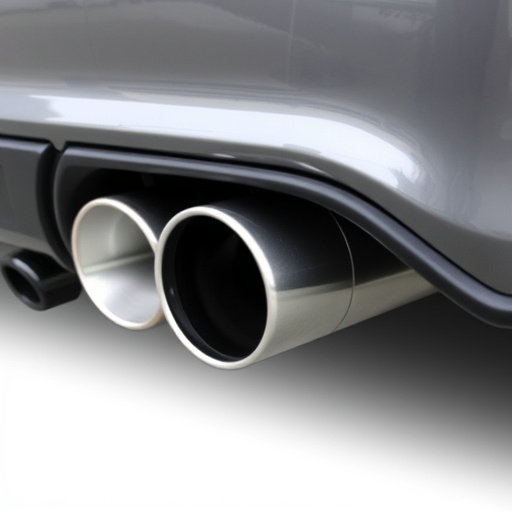
The installation of a turbo heat shield offers significant advantages for optimizing intake air temperature (IAT) in turbocharged engines. By deflecting and reducing the heat from the exhaust system, these shields ensure that the incoming air remains cooler, which is crucial for maintaining efficient combustion and engine performance. Cooler intake air allows for better atmospheric density, resulting in increased power output and improved torque delivery.
To maximize the benefits of a turbo heat shield, several strategies can be employed. One key approach is to integrate it with high-flow exhaust mufflers or muffler tips designed for reduced backpressure. This combination enhances engine breathing while minimizing temperature rise. Additionally, regular maintenance, such as replacing brake pads promptly, ensures optimal cooling efficiency by preventing any obstructions that might affect airflow. Proper installation and tuning are also vital; aligning the heat shield with the engine’s performance goals can lead to a more responsive and powerful driving experience.
A turbo heat shield is a game-changer in automotive engineering, offering significant benefits to vehicle performance. By understanding its functionality and impact on intake air temperature, we can appreciate how these components work together to enhance engine efficiency. The science behind it ensures optimal performance strategies, making turbo heat shields an essential consideration for any car enthusiast seeking improved horsepower and fuel economy.





